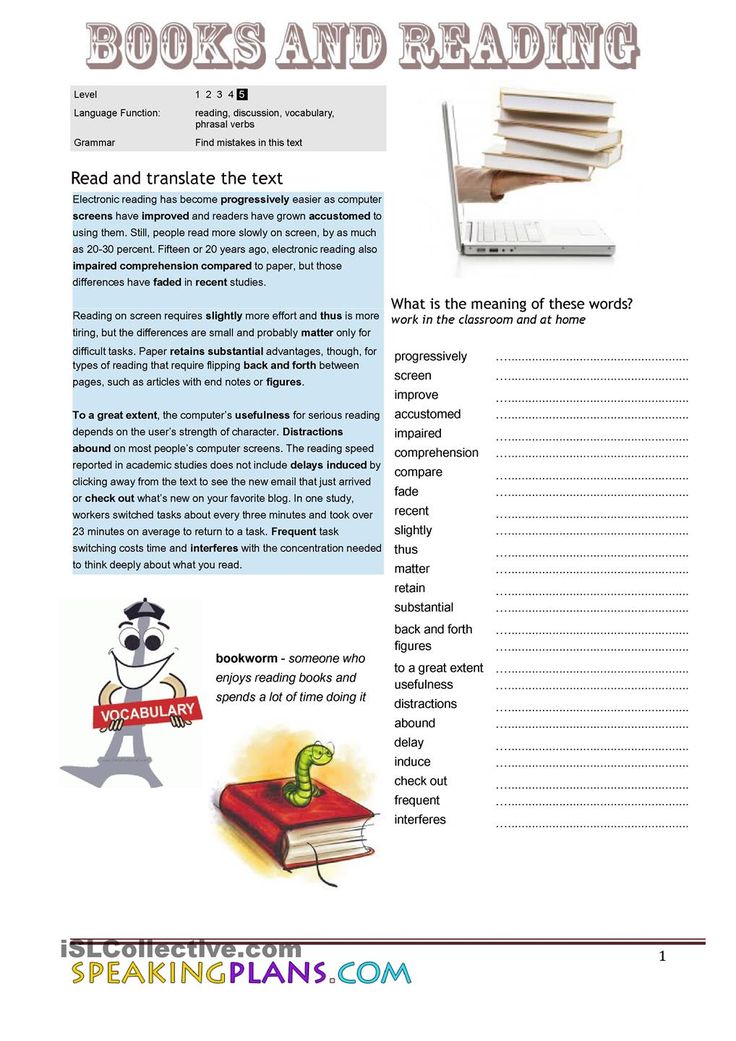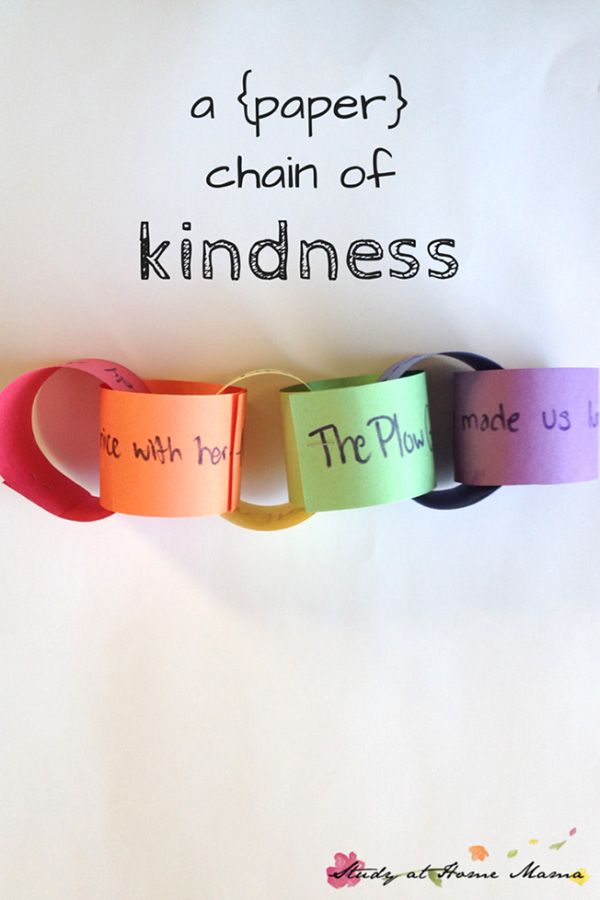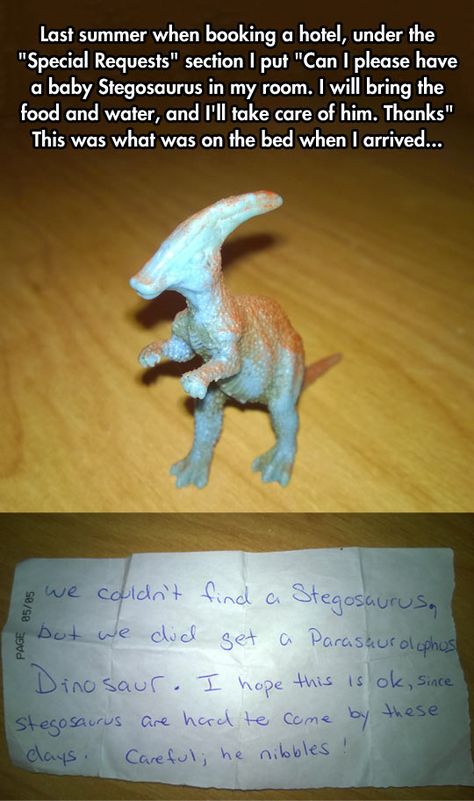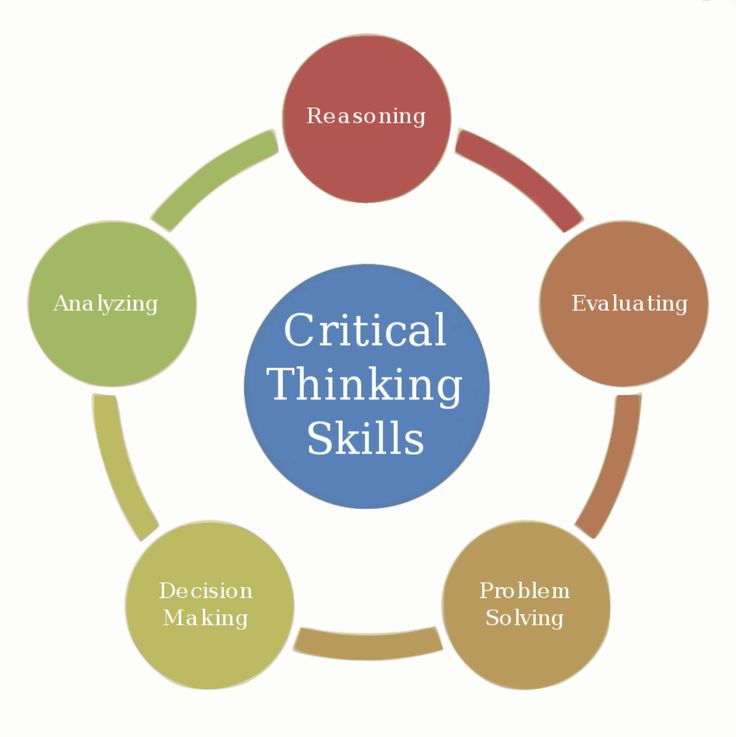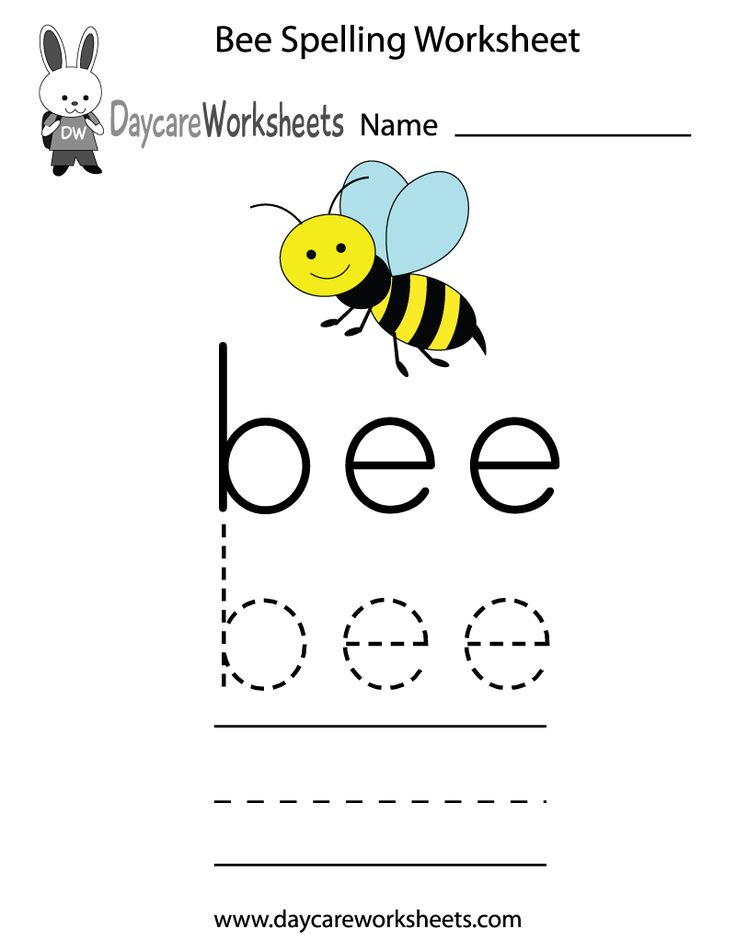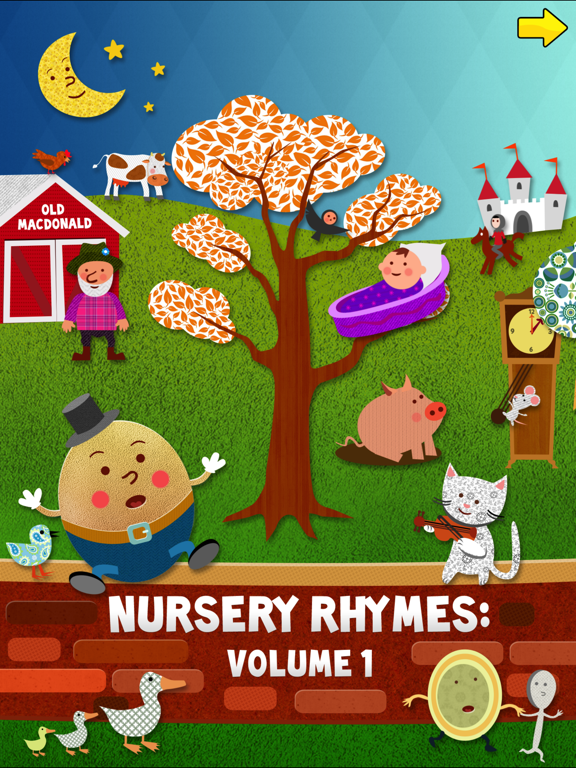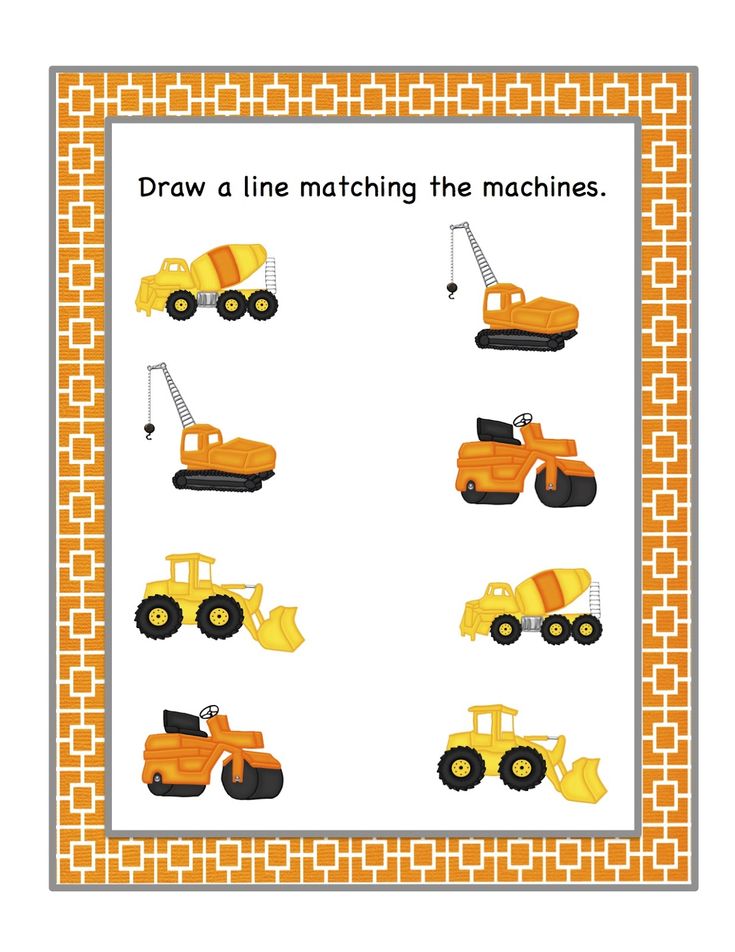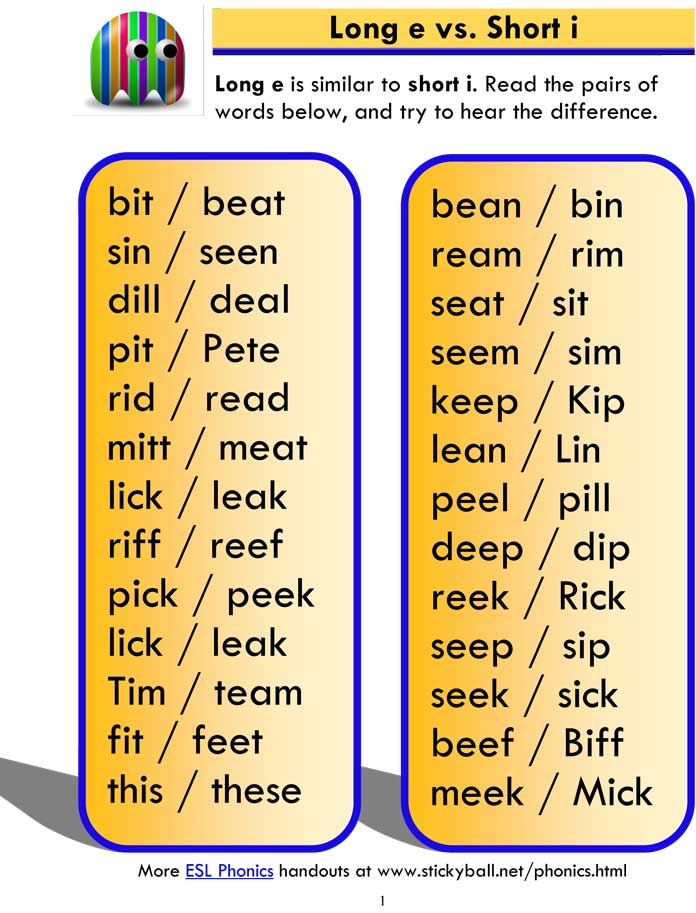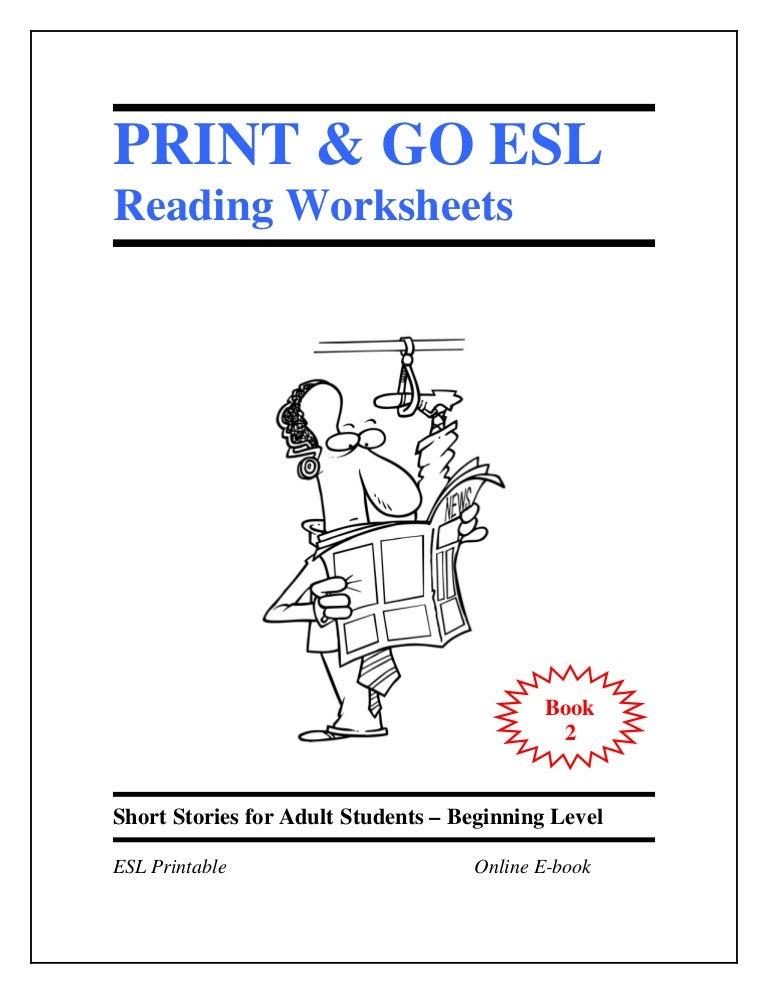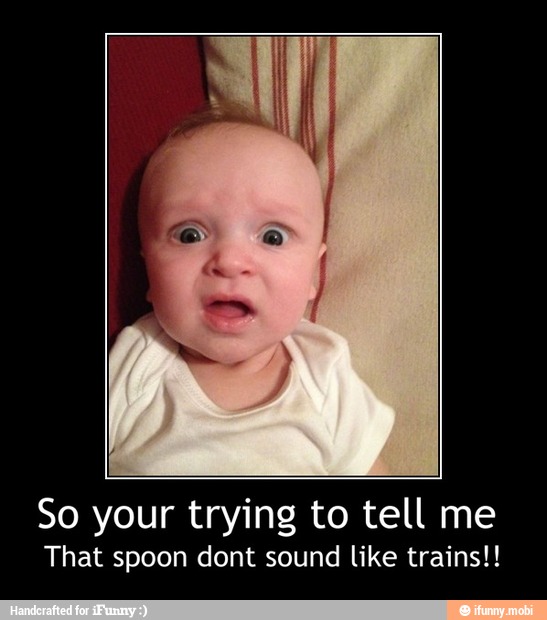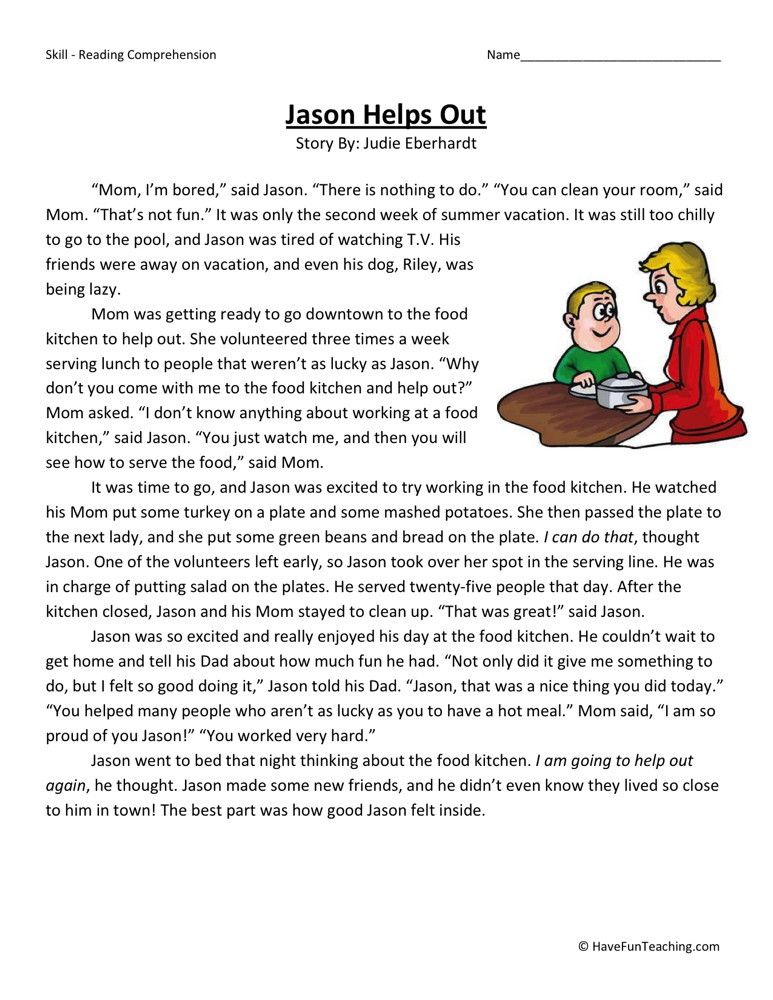Finding book reading levels
How to Find a Book's Level
This page will teach you how to find a book’s level. You can also find a website’s level!
Check out: Reading Length.
1. Booksource ~ enter title. To get titles at specific levels by genres and subjects, try Scholastic Book Wizard. Be sure to go by “Guided Reading Level” under the “LEVEL” tab. Book Finder and Accelerated Book Finder can suggest the right leveled books. Leveled Book Database can help you, also. Enter the guided reading level that you want, and a list of books will appear.
2. Try these book leveling apps: Level It Books.
3. If the book isn’t there, enter a 100-word sample into Readable. Go by the Flesch-Kincaid grade level. This site used to be free, but there may be a fee now.
4. If you are trying to get the readability of a website, entire the URL here. This is extremely useful if you are assigning online articles.
5. Old Fashioned Fry Graph ~ If you are having trouble finding even an approximate grade level, try this old-fashioned method.
6. Readability Formulas
7. Use this Lexile.com site to get Lexile levels. Click the orange “Lexile Tools.” Scroll down to “Find a Book.” When you enter a book title, vocabulary words to teach/learn are suggested in many cases. Read What Lexile Measures Mean. You can also analyze your own text for Lexile level by copy and pasting it in the analyzer box.
Please see my Free Online Books for Kids page. Many texts are leveled there!
Typical Reader Measures by Grade
| Grade | Reader Measures, Mid-Year 25th percentile to 75th percentile (IQR) |
| 1 | Up to 280L |
| 2 | 230L to 580L |
| 3 | 360L to 720L |
| 4 | 480L to 830L |
| 5 | 620L to 950L |
| 6 | 690L to 1020L |
| 7 | 780L to 1090L |
| 8 | 820L to 1140L |
| 9 | 880L to 1170L |
| 10 | 920L to 1200L |
| 11 | 940L to 1210L |
| 12 | 950L to 1220L |
A Word doc of this page is available with a $10 donation for my website maintenance fees.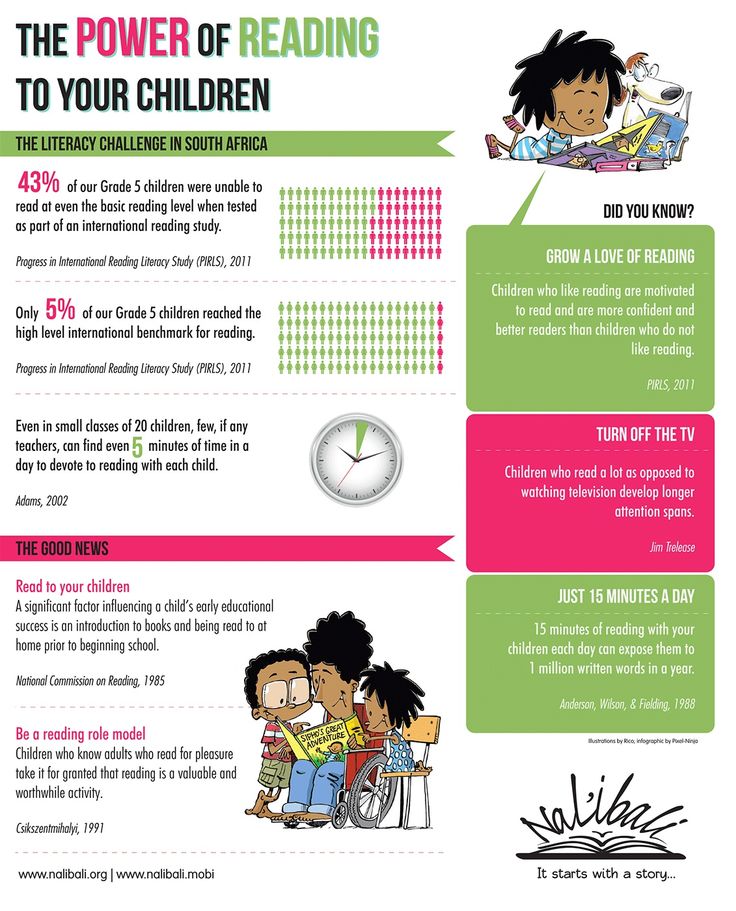 No graphics due to copyright laws. Thank you!
No graphics due to copyright laws. Thank you!
Edited on 11/06/2022
Copyscape alerts me to duplicate content. Please respect my work.
How To Determine Reading Level Of A Book
Learning how to determine reading level of a book helps you find appropriate books for your child and challenge their abilities.
When choosing children’s books, the reading level of the book can be pretty important. You want to challenge children to read a bit higher than they think they can while not discouraging them with books that are too difficult.
Whether you have beginning readers or advanced readers in your life, learning how to determine the reading level of a book is a valuable tool. Thankfully, parents and educators have a number of tools available to help them.
This guide will discuss what reading levels are, how to find them and how you can ensure that the books you offer are suitable for the children in your life.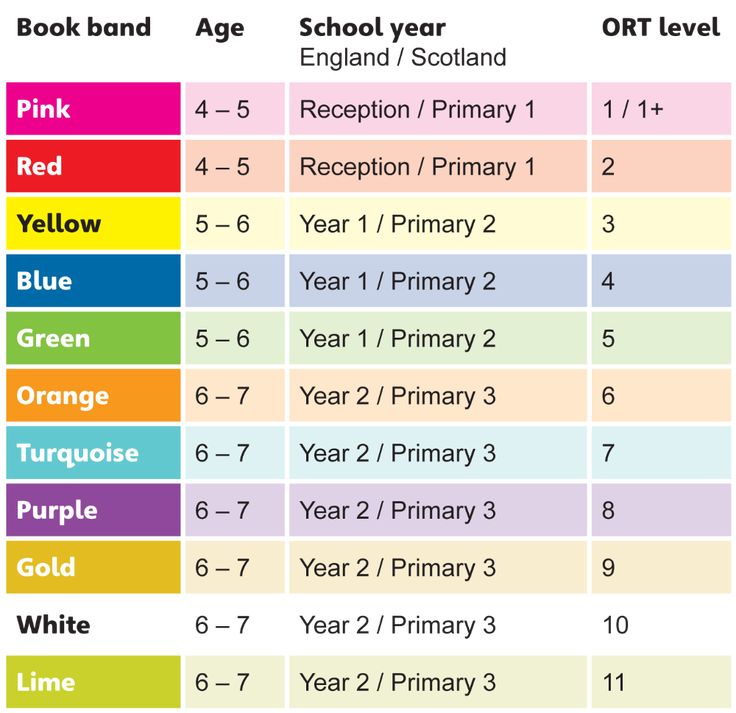
Contents
- Tips on How To Determine Reading Level Of A Book
- What is Reading Level?
- Why Reading Level is Important
- Reading Level and Interest Level
- Common Measures for Reading Levels
- Tools to Find the Reading Level of a Book
- A Final Word on How to Determine Reading Level of a Book
- FAQs About how to Determine Reading Level of a Book
- Author
Tips on How To Determine Reading Level Of A Book
So how can you determine the reading level of a book? Before delving into the tools available to help you find a book that your child can read, first, you must understand what reading level is.
What is Reading Level?
The reading level of a book determines how well a child can read it independently. Unfortunately, reading level is often confused with grade level, so a book with a fourth-grade reading level is designed with vocabulary and syntax that the average fourth grader can understand.
However, it is not always as simple as picking a book that is leveled at your child’s grade level.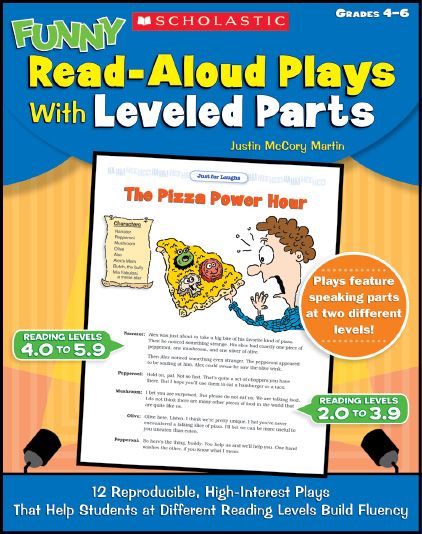 Your child’s teacher can tell you that students fit into a wide range of levels, even within the same classroom.
Your child’s teacher can tell you that students fit into a wide range of levels, even within the same classroom.
As your child’s reading skills develop, you’re going to need to find reading materials that match. Knowing how to read reading levels will help.
Why Reading Level is Important
Children who are learning to read need to have a text they can read successfully. If text is too easy, the child gets bored. If the text is too hard, the child gets frustrated.
This balance is where the reading level helps. Finding a book that matches your child’s abilities and interests will encourage successful reading, and reading level is key to that.
Reading Level and Interest Level
Adding interest level to your decision-making will help guide you to the books they will be most interested in readingAnother benchmark you can check into is interest level. This metric shows how interesting a particular book is likely to be to your child based on their age or grade level.
If a child is particularly behind or advanced in reading level, finding books they want to read but match their reading level becomes more challenging. Adding interest level to your decision-making will help guide you to the books they will be most interested in reading.
Common Measures for Reading Levels
Many tools measure reading levels. As you learn how to determine the reading level of a book, you will find that these tools make the job a lot easier, so you can find a book that fits the child’s reading level. Here are some popular reading systems to consider.
1. Fountas-Pinnell Guided Reading Level
Fountas and Pinnell created the Guided Reading Level. This leveled reading system assigns a level to individual books. Factors that impact that level include repetition of words, the complexity of sentences, and sentence length.
This program uses specialized reading lists with books that already have a grade level measure.
2. Grade Level Equivalent
The Grade Level Equivalent leveled reading system assigns an actual grade level to the book based on what students typically can read at a particular stage of their education.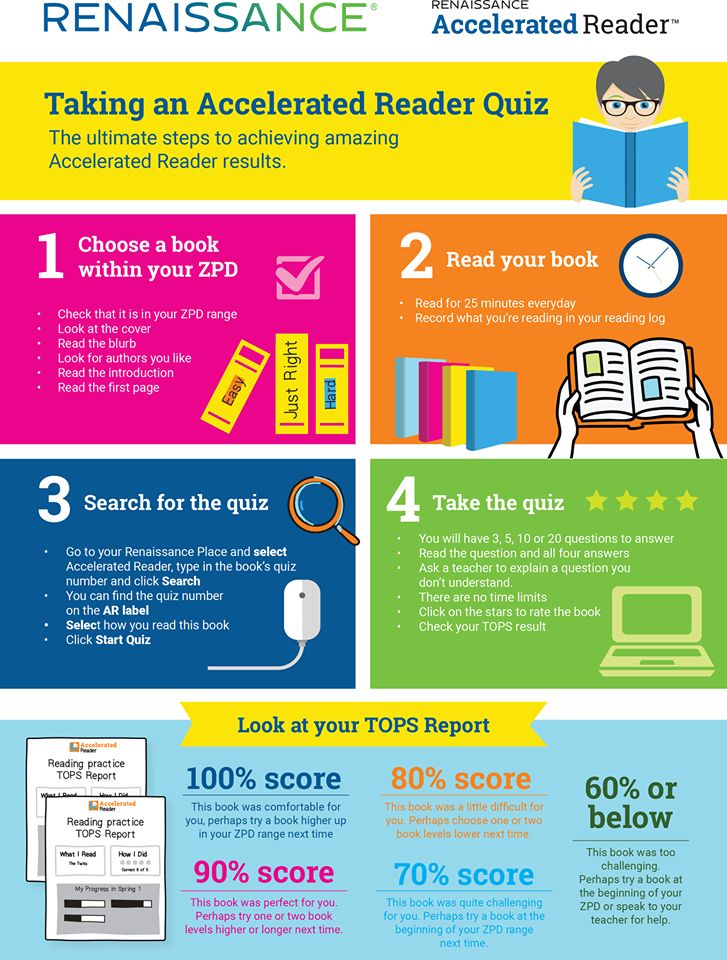 This metric is labeled with a decimal point, where the first number is the grade level, and the number after the decimal point indicates the number of months into the school year the student would be. So, a score of 2.1 means second grade one month into the school year.
This metric is labeled with a decimal point, where the first number is the grade level, and the number after the decimal point indicates the number of months into the school year the student would be. So, a score of 2.1 means second grade one month into the school year.
For parents that are new to reading levels, this can be a helpful metric as it shows a level they can easily relate to their student’s age and grade. However, parents need to realize that students develop their reading abilities at different speeds, so any particular child may read at, above, or below the published reading level.
3. Developmental Reading Assessment
The Developmental Reading Assessment, or DRA, assesses a child’s reading ability through a reading test. It then gives the student a score based on that test. Factors it checks include:
- Phonemic awareness
- Alphabetic principles/phonics
- Fluency
- Vocabulary
- Comprehension
- Reading engagement
Books are given corresponding scores based on text complexity and vocabulary. Thus, teachers and parents can easily connect students to books that fit their abilities after taking the test by lining up the test scores with the scores of the book.
Thus, teachers and parents can easily connect students to books that fit their abilities after taking the test by lining up the test scores with the scores of the book.
4. Lexile Framework for Reading
The Lexile Framework is a National Institute of Child Health and Human Development metric. It uses Scholastic Inventory Test scores to evaluate text and determine what reading level it is.
To use the Lexile Framework, students must take a standard test or the Scholastic Reading Inventory (SRI). This then matches them with a reading level that matches their ability.
You can look up the Lexile level of a book online on the Lexile website.
5. Accelerated Reader Book Levels
Accelerated Reader is a complex readability formula that rates text complexity. It uses grade level ratings to indicate what year and month a student could read a book independently.
Accelerated Reader is different from straight grade level equivalents because it uses interest level as well.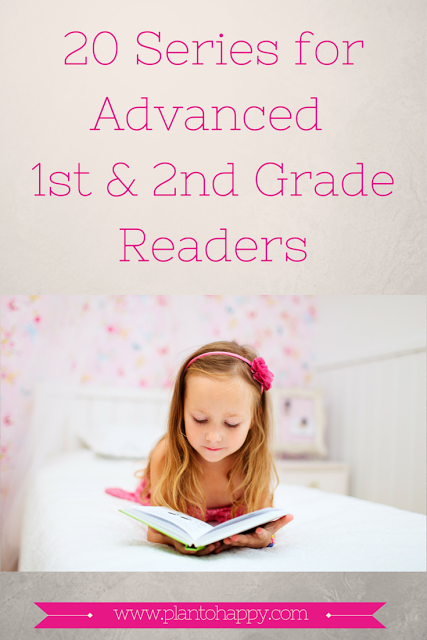 This indicates if the content of a book is age-appropriate for the particular grade level.
This indicates if the content of a book is age-appropriate for the particular grade level.
Tools to Find the Reading Level of a Book
Understanding the different reading tests and reading level measures is important, but it does not help you learn how to determine the reading level of a book when your child wants to read something. Thankfully, you have several tools at your disposal to help.
1. Scholastic’s Book Wizard
Scholastic offers a book wizard tool that has over 65,000 children’s books in the database. You can search using the title and author to find an individual book’s reading level. If you are looking for recommendations for your child, you can search by reading level, subject, grade level, or genre and get a list of suggestions.
2. Renaissance ATOS Analyzer
If you can’t find your book or text in another tool, you can copy a portion of the text into the ATOS Analyzer to see how it rates. This tool uses a readability formula to tell you how easy something is to read.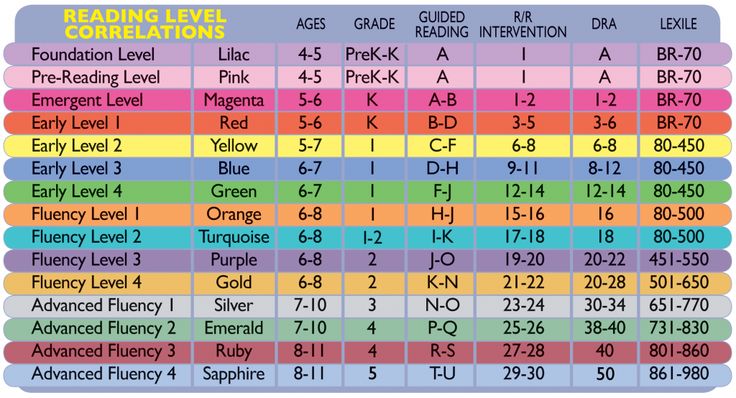 It also merges with the Lexile measure, so you can search for individual books if they are in the database.
It also merges with the Lexile measure, so you can search for individual books if they are in the database.
3. Lexile Look Up
Lexile’s online tool lets you search for a book by its ISBN. Just enter the number on the Quick Book Search to see if it is in the database. The website also allows you to look at a list of books based on your child’s reading level.
4. Accelerated Reader Search Tool
The AR search tool lets you search for a particular book’s readability, Lexile level, and interest level. It reports a grade level based on whether or not a child will be challenged in the reading but not frustrated.
5. Correlation Chart
The Correlation Chart is part of the State of Washington public library system. It lets you find the reading level of a book, then use the tool to compare that to the reading level in another measurement. If you are looking for a specific measure but know another one, this tool can help you compare.
A Final Word on How to Determine Reading Level of a Book
Reading levels help you choose books for your child that fit their interests and abilities.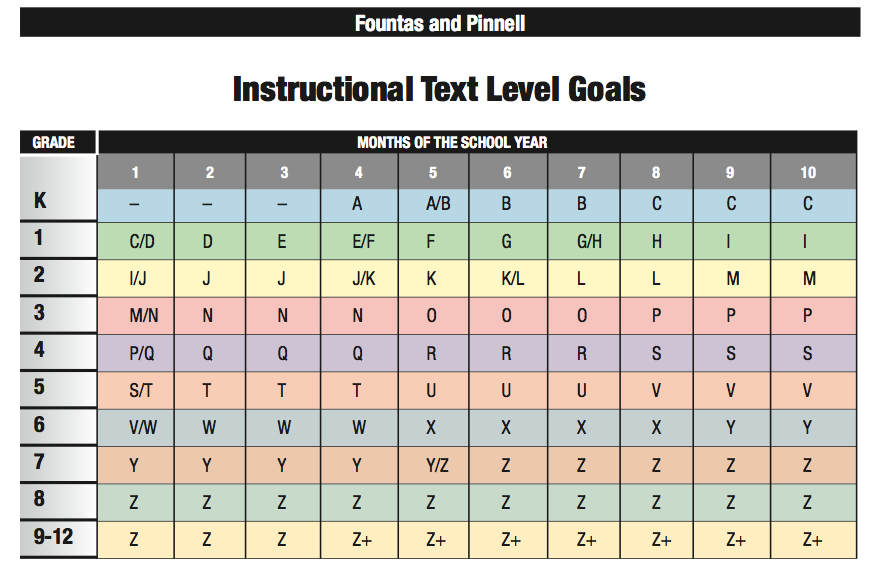 You can avoid frustration and boredom by selecting appropriate books. Using reading levels also encourages more independent reading, especially with young readers.
You can avoid frustration and boredom by selecting appropriate books. Using reading levels also encourages more independent reading, especially with young readers.
Parents can sometimes struggle with finding reading levels for different books, but using a book’s ISBN, you can search in several tools that have book lists based on reading level. Using these tools and asking your child’s teacher what their current reading level is will allow you to choose the right reading material for your child.
FAQs About how to Determine Reading Level of a Book
How to find the reading level of a book?
Using different tools, such as the Scholastic Book Wizard or the Accelerated Reader Search Tool, you can learn the reading level of many children’s books to help you choose appropriate reading options for your child.
How to determine my child’s Lexile reading level?
If your child is at school, they will be tested each year under their standardized testing program. This testing will give your child a Lexile reader measure. Simply ask your child’s teacher or check their standardized test score report to learn your child’s measure.
This testing will give your child a Lexile reader measure. Simply ask your child’s teacher or check their standardized test score report to learn your child’s measure.
Join over 15,000 writers today
Get a FREE book of writing prompts and learn how to make more money from your writing.
Powered by ConvertKitAuthor
How to read books in English
Choose books according to your level of knowledge
You shouldn't read Dickens in the original if your level is Elementary, but you shouldn't take Beginner level books either. In the first case, the language will be too complicated for you, and the abundance of unfamiliar words will force you to constantly refer to the dictionary. Because of this, you will lose the thread of the narrative and, as a result, will stop reading. In the second case, the text will be too simple for you, and you will not endure any new vocabulary for yourself.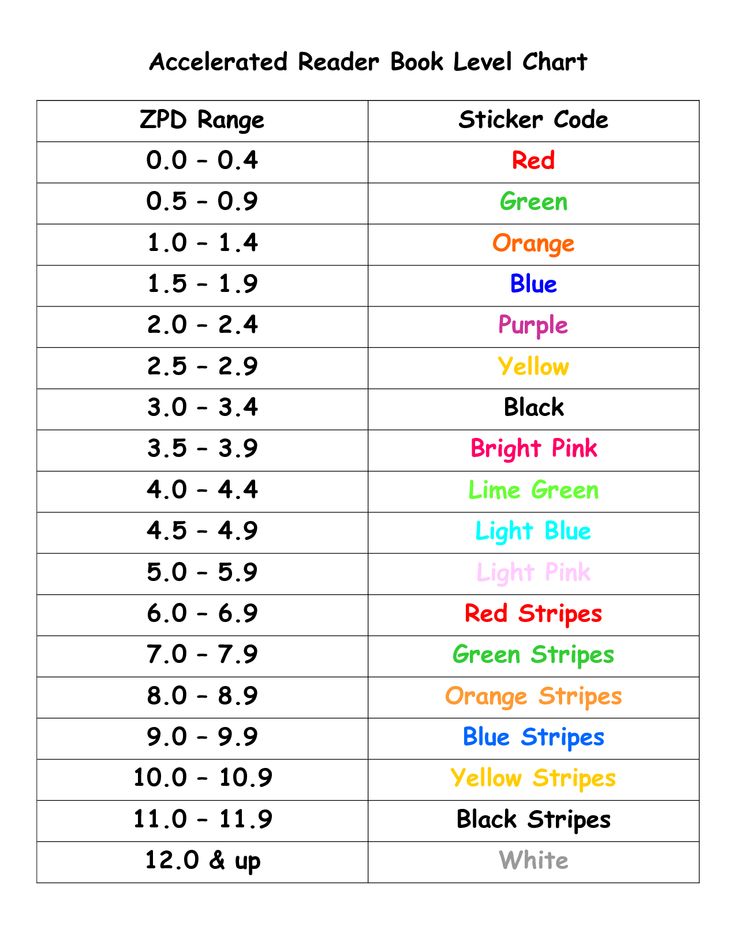 By the way, if you have not studied for a long time, we recommend that you evaluate your current level of English proficiency.
By the way, if you have not studied for a long time, we recommend that you evaluate your current level of English proficiency.
Choose what interests you
Don't torture yourself with classics if you like detective stories, and vice versa. Currently, you can find adapted literature for every taste, not to mention non-adapted.
Use a dictionary
As a rule, adapted books come with their own mini-dictionary where you can look up unfamiliar vocabulary. If you read non-adapted literature, use any dictionaries convenient for you, but never use online translators! The best dictionaries are those that give multiple meanings of a word, and provide context for each.
So you looked up the meaning in the dictionary. But this is not the end of the job. Write these words in your notebook and review them regularly. It is also very useful to make up your own texts or sentences with new words: this way you put the words in context and remember better.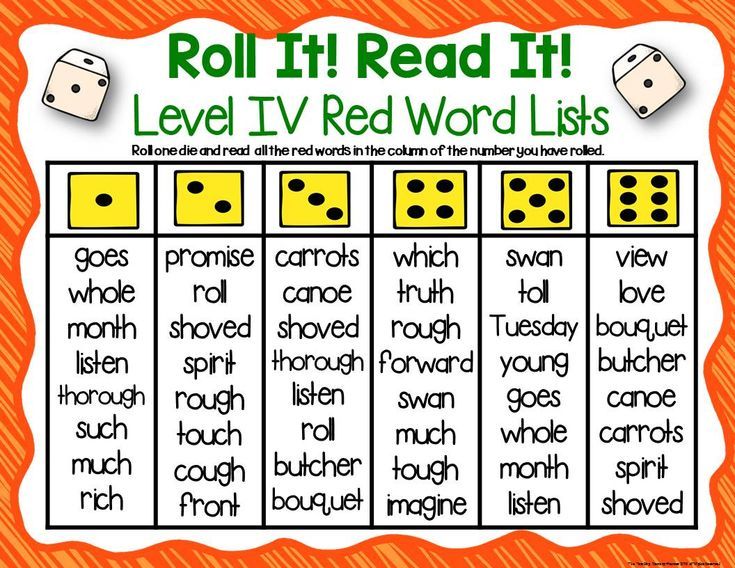 If it is not possible to do this in writing, try to do it at least verbally.
If it is not possible to do this in writing, try to do it at least verbally.
Which words to look up in the dictionary?
Method 1. Look up the meaning of all unfamiliar words. This method is suitable for reading texts that require accuracy: instructions, technical documentation, and the like. Also in this case it is better to use specialized dictionaries - in chemistry, electrical engineering, etc.
Method 2. View the meaning of the main words only.
What is the base word? This is a word without which it is impossible to understand the meaning of the sentence. For example:
That man was eating a turkey sandwich.
In this case, the word sandwich is the main one, because the meaning of the sentence becomes clear: " That person ate ... sandwich ". Of course, some of the meaning eluded us, but nevertheless, we understood most of it.
The word turkey is secondary because, as we have already seen, the meaning is clear even without it. It only carries additional information: " That man was eating a turkey sandwich .”
It only carries additional information: " That man was eating a turkey sandwich .”
This is more suitable for when you read just for fun. Of course, here you can use the first method if you have the time and desire.
Method 3 (hardest but most useful) . Look up the meaning of words in an English-English dictionary, for example, www.ldoceonline.com or www.macmillandictionary.com
Also (especially if you already have a confident level of English) try to understand the meaning of words from the context.
Complete reading assignments
Almost all adapted books have assignments for each chapter. If possible, try to fulfill them - this will help you better understand and remember what you read, plus repeat new vocabulary.
Audio books and books with additional audio materials
If the book has audio, be sure to work with it. Listen as the speaker pronounces the words, watch the intonation.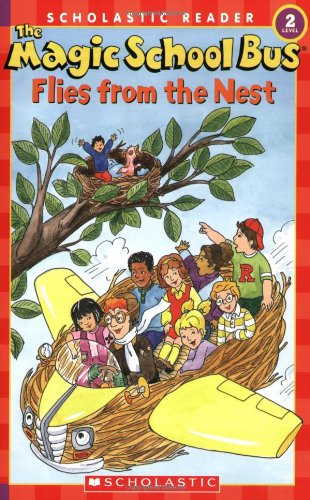 Try to read aloud, repeating after the speaker.
Try to read aloud, repeating after the speaker.
Read regularly!
It is much more useful to read, albeit a little, but regularly. Even half an hour of reading a day will greatly expand your vocabulary and improve your English level in general. The more you read, the easier it will be for you to understand the texts.
Which books should I choose to read?
Cambridge University Press Series:
- Cambridge English Readers (Starter to Advanced)
- Cambridge Experience Readers (Starter to Advanced) - suitable for teenagers
Oxford University Press Series:
- Dolphin Readers (Beginner to Intermediate)
- Classic Tales (Beginner to Intermediate)
- Dominoes (Beginner to Intermediate)
- Oxford Bookworms Library (Beginner to Advanced)
Books published by Iris Press, English Club series . A good series of books for different levels, you can find literature for both adults and children.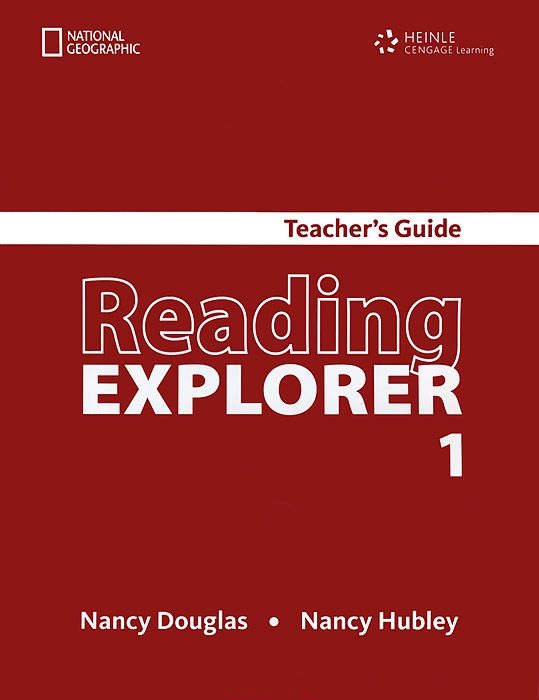 Each book comes with audio, vocabulary and assignments.
Each book comes with audio, vocabulary and assignments.
Only select books originally written in English (English, American, possibly Australian). Don't take translations.
Productive reading and learning English!
Don't delay. Sign up for a free consultation!
By leaving a request, you agree to the data processing rules
Read speed test. Online simulator for developing reading speed and awareness skills in 2021!
Reading speed is an important indicator not only for schoolchildren, who regularly check it. It is very important for an adult in the modern world to be able to navigate in huge flows of information. A reading speed test will help you determine your current level and see if you need to work on improving this skill or if you are reading fluently enough.
Contents
1. How to check reading speed?
2. How can I check my reading speed myself?
3.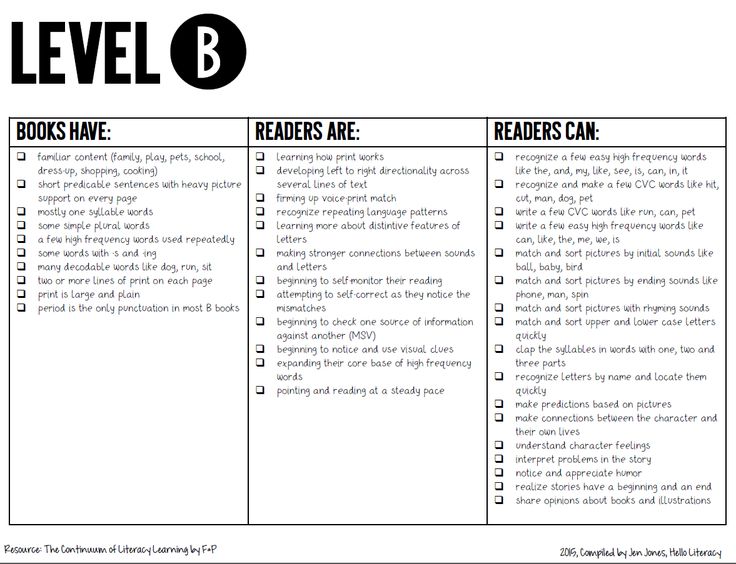 How to test a child's reading speed?
How to test a child's reading speed?
4. What reading speed is considered normal for adults and children?
5. How to choose the right text to test reading speed?
6. The book "Everything you wanted to know about speed reading, but were afraid to ask"
How to check reading speed?
The easiest way is to take a stopwatch (you can use the application on your phone), a text to check your reading speed and read it at a normal pace for one minute. It is important that the text is non-technical, does not contain highly specialized terms and concepts, and is not familiar to the reader. The text should not be too primitive. The testee must see the text for the first time so that the results are not artificially inflated.
But what do you care about speed if you don't understand how consciously you absorb the text? :)
A much better way to find out your reading speed is to use a free online test. To do this, sit back, enter your name in the form above, press the button and you will immediately see the text that you need to read, slowly, trying to understand everything that is written.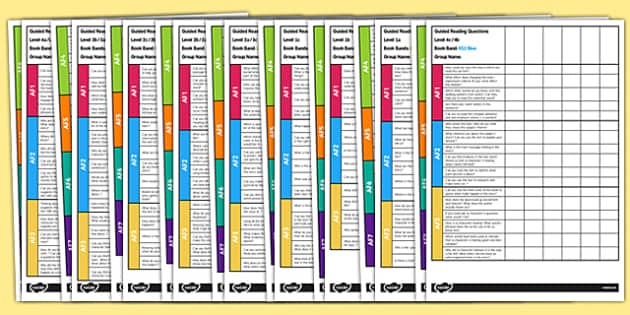
When the entire text is read - click on the button at the very bottom. The program will automatically determine the reading speed and prompt you to answer a few questions to understand the degree of assimilation of the material. As a result of testing, you will receive not only the result of your reading speed and awareness, but also recommendations for improving your reading technique in the format of the book "Everything you wanted to know about speed reading, but were afraid to ask." Enter a name. Click the button and find out your real reading speed. Have a good day.
How can I test my reading speed myself?
We have prepared for you a tool with which you can independently check the speed of reading. Our tool include a certain amount of text that you need to read as quickly as possible. You will then have the opportunity to answer a series of questions about the text, allowing the program to determine your level of understanding. Based on the data received, a result and a certificate are issued.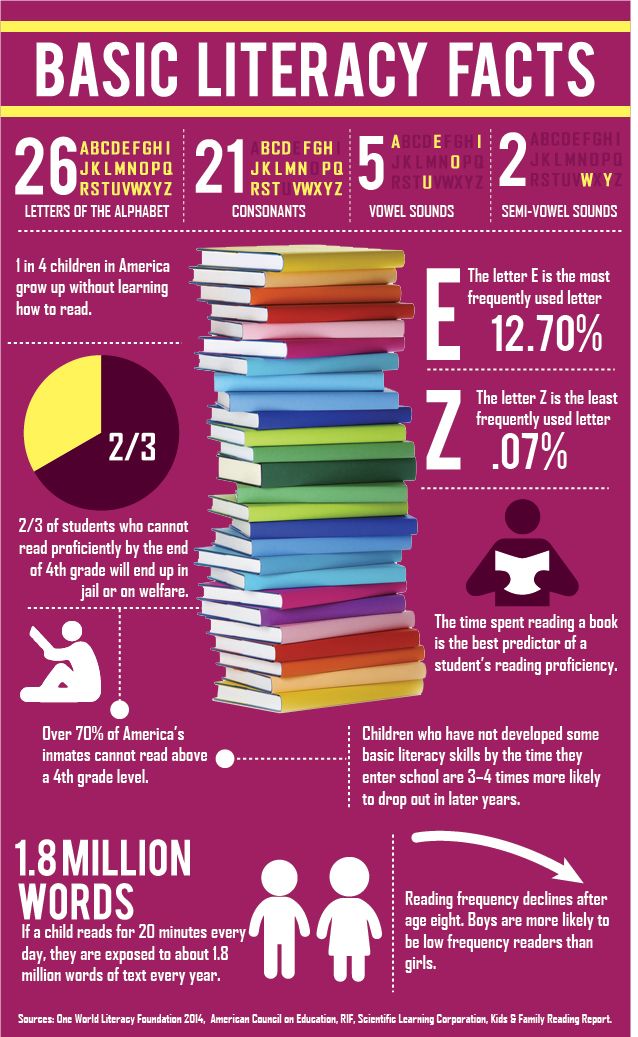 This certificate can be shared with your friends on social networks and challenge them to a battle to test the speed and awareness of reading :).
This certificate can be shared with your friends on social networks and challenge them to a battle to test the speed and awareness of reading :).
If you want to do it yourself, you can do it according to the following scenario. A text of medium complexity is taken, located on one sheet. You will need an assistant who will keep track of the time and will be able to test the level of your understanding of the information. Check algorithm:
Simultaneously with the start command and the start of the stopwatch, you begin to silently read the text.
When the text is finished, you say stop - time stops.
Then you need to answer a few questions regarding the content (reading speed implies a full reading comprehension).
The last step is to count the words in the text and determine the average number of words per minute (words in the text can be counted before reading).
This is the certificate you can get after passing the test
How to check the reading speed of a child?
A child's reading speed can be tested in a similar way. The child should read aloud, at least in elementary school. Then you can switch to the usual way of checking for adults.
The child should read aloud, at least in elementary school. Then you can switch to the usual way of checking for adults.
Schools often test reading technique by counting the number of words read per minute. This gives a small error, since words come in different sizes, but a similar verification method can also be used.
What is the normal reading speed for adults and children?
The average reading speed for an adult is 200-230 words per minute. Below average, but an acceptable rate is 150-200 words per minute. Adults who read more than 230 words per minute are considered fast readers. For the speed reading technique, the optimal speed is 350-400 words per minute.
In children, the indicators are dynamic and change depending on age. Approximate norms used in elementary school:
20-30 words per minute for first grade;
45-60 words per minute for second grade;
70-85 words per minute for third grade;
90-125 wpm for fourth grade.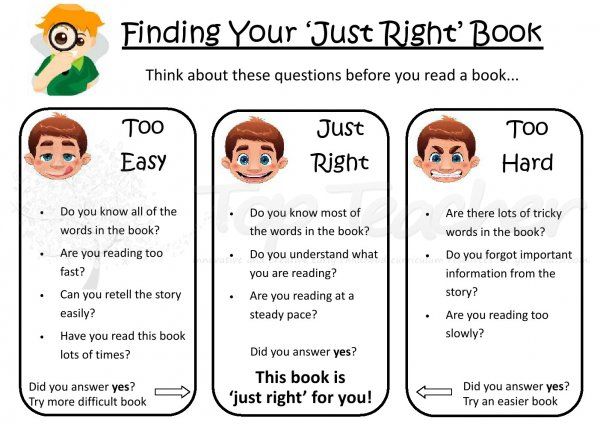
How to choose the right text to test reading speed?
The criteria for selecting text to test reading speed are identical for adults and children. The only difference is the volume and complexity of the information. The text must match the following parameters:
medium difficulty appropriate for age;
the absence of specific unfamiliar words or their minimum number;
no dialogs;
location on one page;
large, comfortable to read font;
lack of pictures and other distracting elements.
In our tool for testing reading speed and comprehension, we tried to take into account all these factors so that the resulting tool would be convenient for both adults and children. At the same time, he gave a fairly clear answer to the question about the real reading speed.
It should be remembered that reading speed is a variable parameter, which decreases if a person rarely sits down at a book, and increases with constant reading.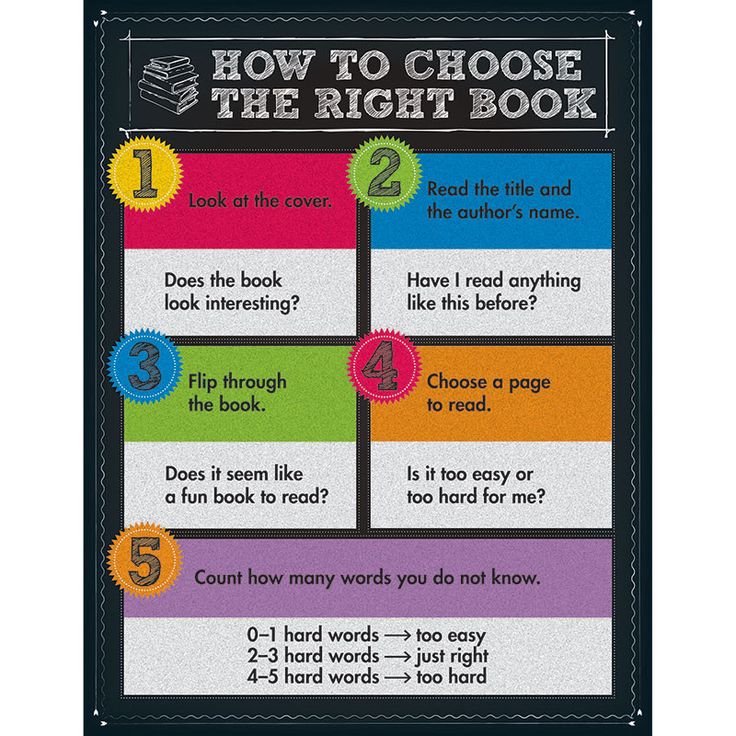 There are many special techniques aimed at significantly increasing the speed of reading text information.
There are many special techniques aimed at significantly increasing the speed of reading text information.
Everything you wanted to know about speed reading but were afraid to ask test. So don't waste a second,
go back to the very beginning of the page and go take the test!Reading speed test online is simple, convenient and fast
We have already written so much here about how to correctly measure your reading speed, achieve awareness and interpret the results, that every second of delay before you pass the online reading speed test and receive a personal certificate is just like death. Return to the very beginning of the page, enter your name in the field under the video and go to the enchanting world of unfamiliar texts and tricky questions :).
📖 Reading speed Q&A section
📕 What formula is used to calculate reading speed?
If it’s very short, then the formula for calculating the reading speed is as follows: V = (Q / T) x K.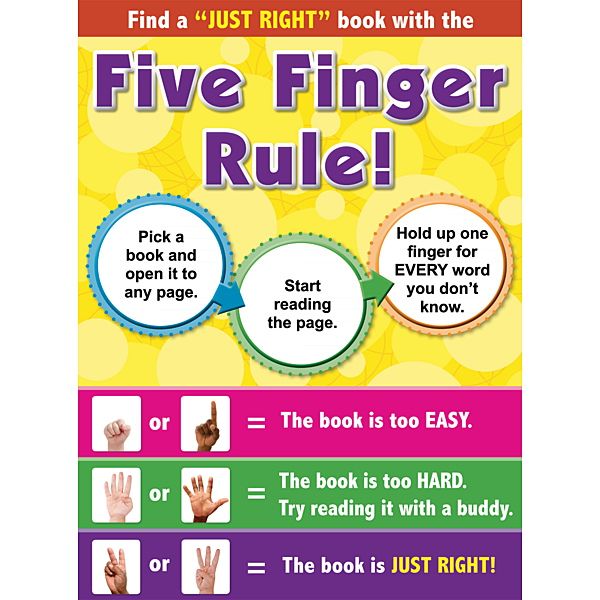 This formula allows you to get a real figure for reading speed with a correlation to the coefficient of meaningfulness. You can read more about the formula in this article .
This formula allows you to get a real figure for reading speed with a correlation to the coefficient of meaningfulness. You can read more about the formula in this article .
📗 What books do you recommend reading to develop speed reading?
We have compiled a list of the most useful books for the development of speed reading and posted it in a separate post on the blog. The list is constantly updated and gives an idea of the main books with which you can develop speed reading skills.
📘 What if I want to increase my reading speed?
You can start by studying the theory, or you can download our workbooks , which we have come up with especially for those who who wants to start learning speed reading. There are two of them: one notebook for adults, the second for children. Contains some theory and practical exercises designed for several weeks of regular classes.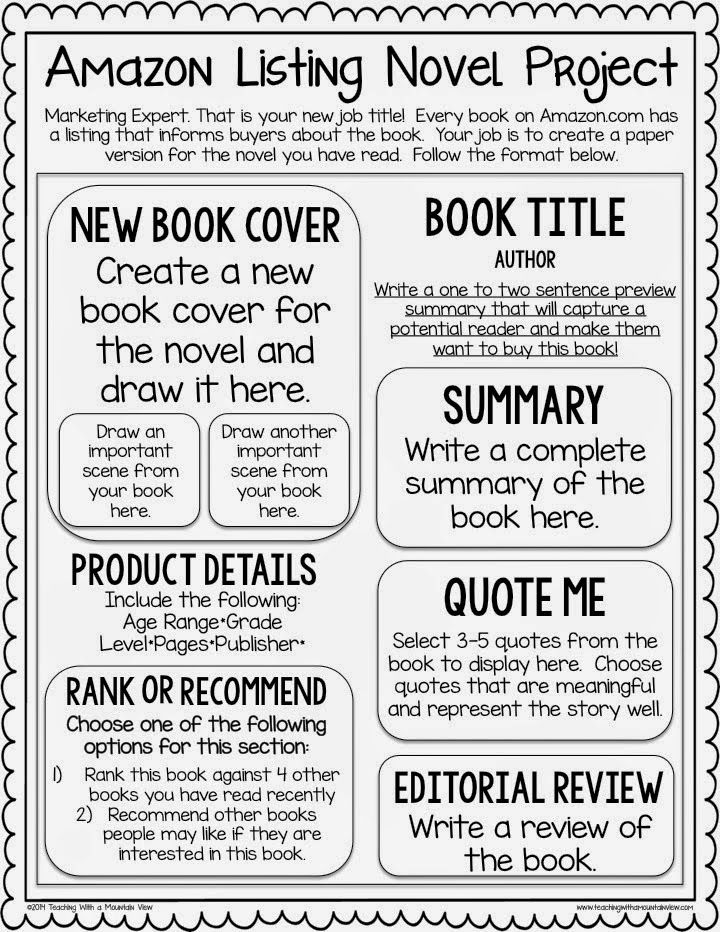
📙 How to check a child's reading speed?
The reading speed test, which is located on our website, is suitable for both adults, as well as for children. We specifically tried to choose mostly literary texts that will be easy to read. to understand the child. Just go to the reading speed test page from the link above, enter child's name and start reading. Then the program will do everything for you.
📔 I want to check my reading speed online for free. How to do it?
Easier nowhere. The tool, which is located at https://bukva.info/rapid/ , was created just for this. You just enter your name, read the text and answer the questions. The program monitors the speed of your reading and its meaningfulness. After answering the questions, you will receive a certificate with your result. The certificate can be shared with friends in social networks :).